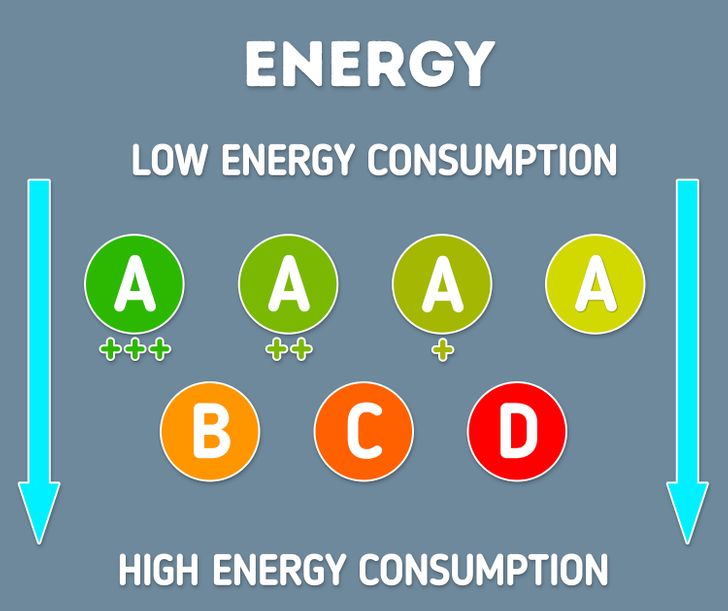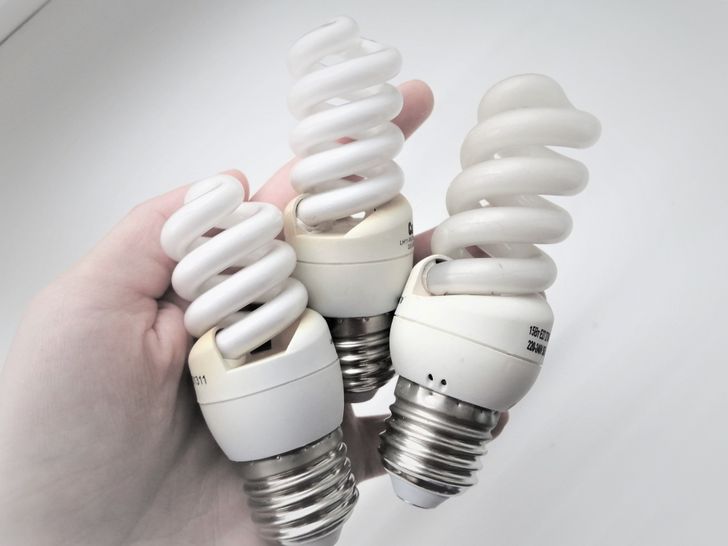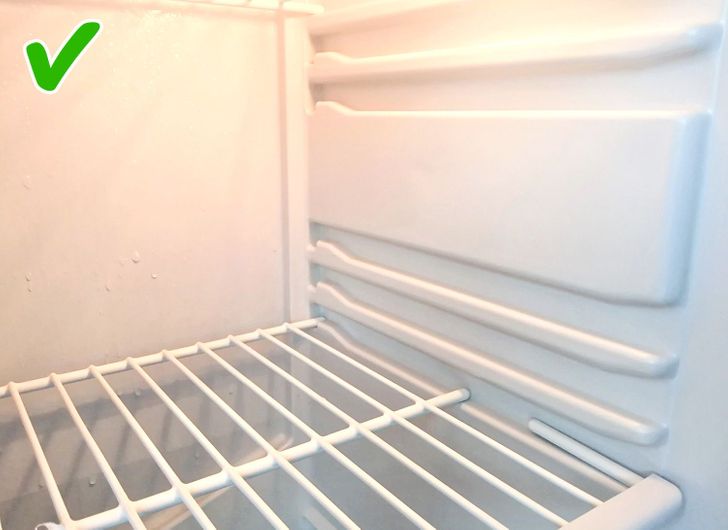9 Tips on How to Save on Electricity

Every modern home is filled with electric devices: from fridges and washing machines to robot vacuum cleaners and smart house systems. These things consume a lot of energy and leave you with hefty electricity bills.
5-Minute Crafts analyzed the tips from experts and collected 9 life hacks to save you money on electricity bills.
1. Pay attention to the energy consumption labels.
When you buy a new device, check its energy consumption label. It should say anything from A+++ to D. A+++ is the lowest energy consumption and D is the highest. The best choice is something no lower than A.
The devices that are 15-20 years old have a high energy consumption level, C or D. And usually, they’re not as functional. Instead, you should consider replacing them with more modern models.
2. Unplug your devices at night.
Of course, you don’t need to unplug all of your devices at night. For example, water heaters and fridges need to be plugged in all the time. But other devices are not used at night, so unplugging them will save energy. Try to unplug the following:
- Wi-Fi routers
- TVs
- Consoles
- Lamps
- Microwave ovens
- Kettles
- Coffee makers
- Other kitchen devices you use often
3. Charge your devices during the day.
Don’t leave your smartphone and other gadgets to charge overnight. They usually need just 2-3 hours to charge the full battery. The rest of the time, they’re just wasting energy. You can start charging your phone early in the morning just after you wake up.
4. Turn off lights and devices when you don’t need them.
Get in the habit of turning off lights and devices every time you don’t use them. For example:
- If you leave the room, turn the light off.
- If the laptop is charged, unplug it.
- If you feel that the room is not hot, turn off the AC.
- If you’ve washed the laundry, turn off the washing machine.
- If you’ve made a cocktail in the blender, unplug it when you’re done.
5. Use energy-saving bulbs.
Old lamps consume a lot of energy. They waste 95% of electricity on heat and only 5% on light.
Halogen, fluorescent, and LED lamps and bulbs use 25% to 80% less energy and work 3 to 25 times more than traditional lamps because they don’t need to heat up to shine their brightest.
Energy-saving light bulbs are more expensive than regular ones. But the low energy consumption will pay off in the long-term.
6. Buy motion sensors.
Aside from bulbs, you can use special sensors to save money on lighting. They turn on the light automatically every time they track motion. And they turn the light off when there’s no motion. This way, you won’t forget to turn the light off when you leave the room.
Unfortunately, motion sensors are not good for rooms where people sleep or spend a lot of time during the day, like bedrooms or living rooms. But you can use such sensors in bathrooms, cupboards, and other less-used rooms.
7. Defrost your fridge.
If your fridge doesn’t have an automatic defrosting function, you have to do it manually once a year. If there’s a thick layer of ice in the fridge, the appliance will waste more energy.
8. Adjust the heating and water temperature.
If you use a water heater, it probably consumes a lot of energy in your home, especially during winter. To cut down expenses on water heating, try the following:
- Buying an energy-efficient water heater.
- Spend less time in the shower.
- Don’t use water when you brush your teeth or do the dishes.
9. Optimize your washing machine.
A washing machine consumes a lot of energy to heat the water. This is why most washers should be used to merely freshen the laundry. 80°F is more than enough to wash delicate fabrics, very dark or bright colors and laundry that is stained, while 140°F should be used to get rid of dust mites.
Also, try to fully load the washing machine. To do this, you should avoid doing laundry every day and wait until you have enough wash. This means that you’ll use the machine less often and save on electricity.



